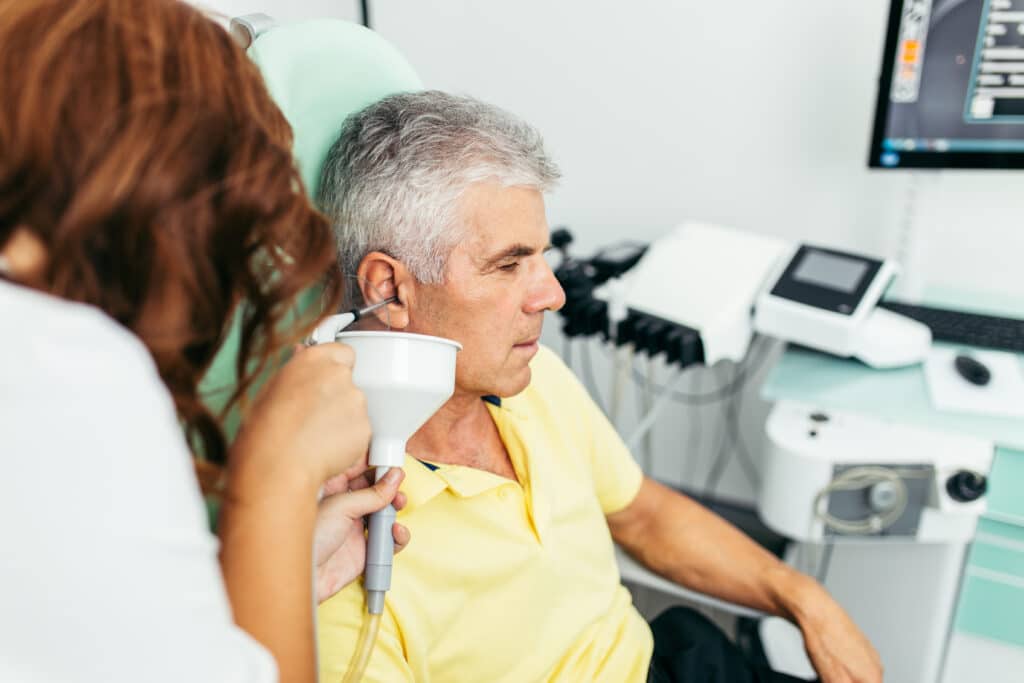What Is the Purpose of Earwax?
Earwax, medically known as cerumen, plays a crucial role in maintaining the health and function of your ears. While it often goes unnoticed, this naturally occurring substance serves some essential purposes.
- Protection: Earwax acts as a natural barrier that safeguards your ears from dust, debris, and foreign particles. It helps prevent these elements from reaching the delicate structures of the ear, including the eardrum.
- Moisture: Earwax contains oils that keep the skin in your ear canal lubricated and moisturized. This prevents dryness, itching, and discomfort, which can occur when the ear canal lacks proper moisture.
- Self-Cleaning: Your ears have a remarkable self-cleaning mechanism. Earwax gradually moves from the ear canal towards the ear’s opening, carrying with it any trapped debris.
Although earwax is an indicator that you have healthy ears, it can be a problem if it can’t make its way out of the ear canal. When this happens, a blockage can be caused leading to clogged ears, discomfort, and even hearing loss.

Cerumen Removal in WNY
If you are experiencing discomfort in your ears due to impacted earwax, our audiologists can help. While it can be tempting to attempt to remove earwax on your own at home, this can often lead to further complications. Using a cotton swab or other object pushes earwax deeper into the ear canal, causing impaction and increasing the risk of ear injury.
As Doctors of Audiology, our team can expertly and safely remove cerumen accumulation, clean your ears, and provide education on how to keep your ears healthy and clean for the future.
If you have clogged ears due to earwax impaction, contact us today to schedule an appointment with a professional.

